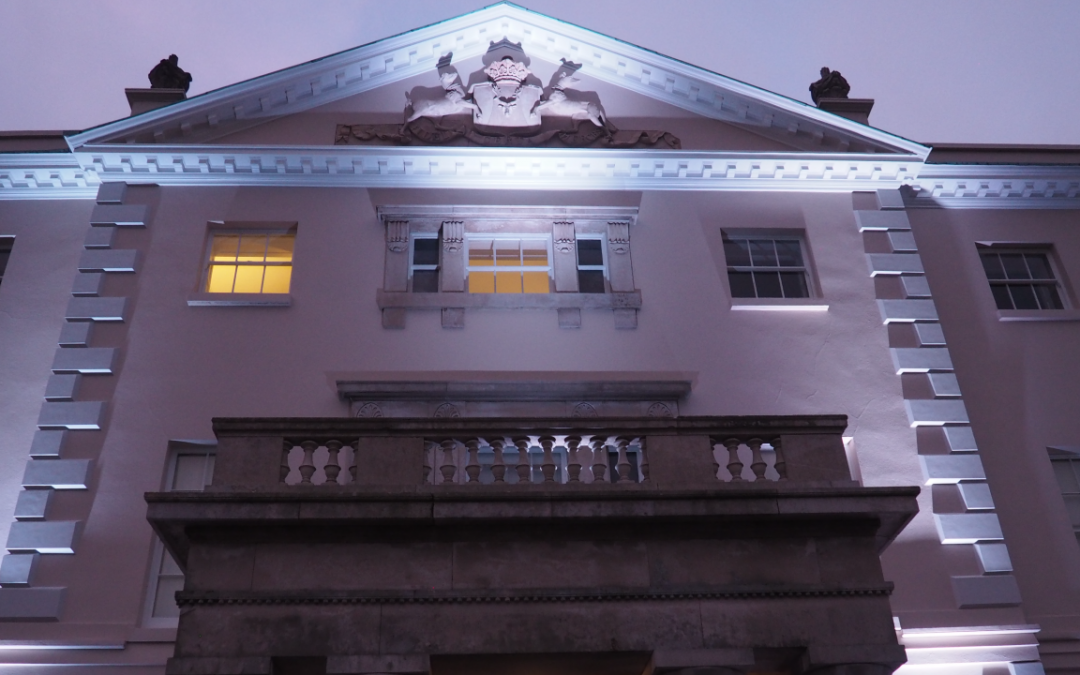I recently visited Saltram House, a Georgian era country house in South Devon. It was not the first time I had seen it, having grown up in Plymouth, the area’s nearest city. But the house had a temporary Christmas exhibit, and on the last day of it’s showing I went to see what was new. The house was strewn with festive decorations, lighting up the inside of the house. Bright Christmas trees and similar installments immediately drew the eye.
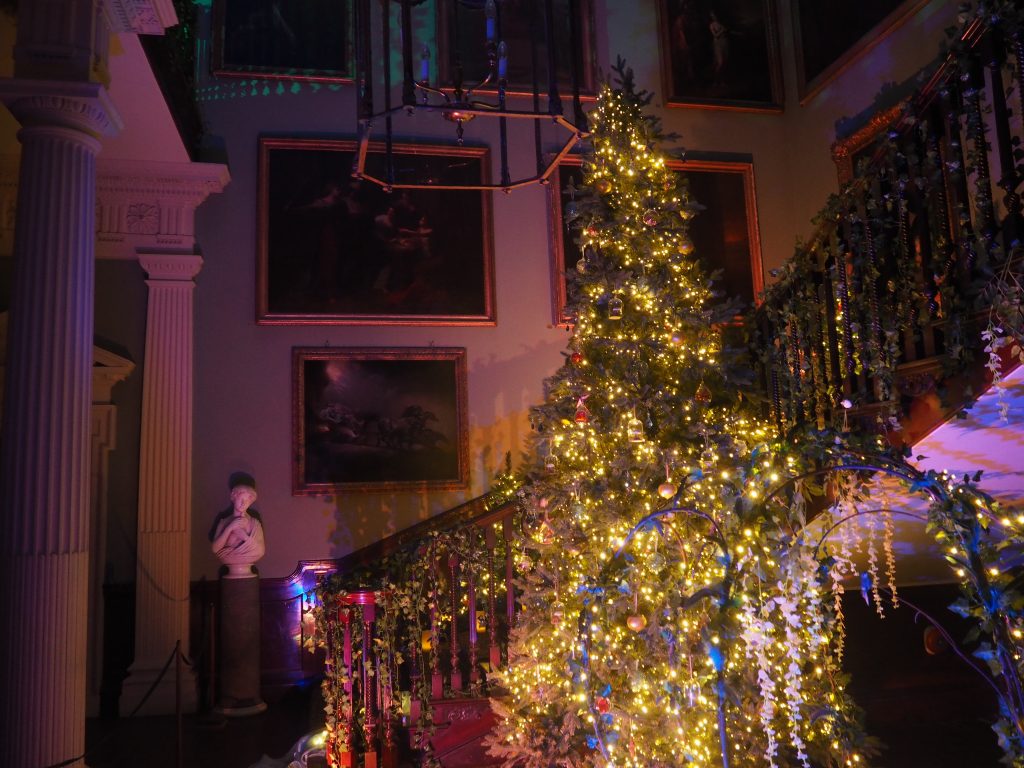
But there was another element. Each room of the house had been decorated to depict a different fairy tale, from Goldilocks and the three bears to Rapunzel. Not only this, but much of the outside grounds were also decorated. The brightly lit gardens provided a peaceful and genuinely beautiful walk through the grounds as the evening grew dark, with classical music playing through speakers hidden in the plant life surrounding the path. It was during this walk I encountered the last fairy tale installment, the sword in the stone of Arthurian legend. I mean to be fair that’s not really a fairy tale but whatever.
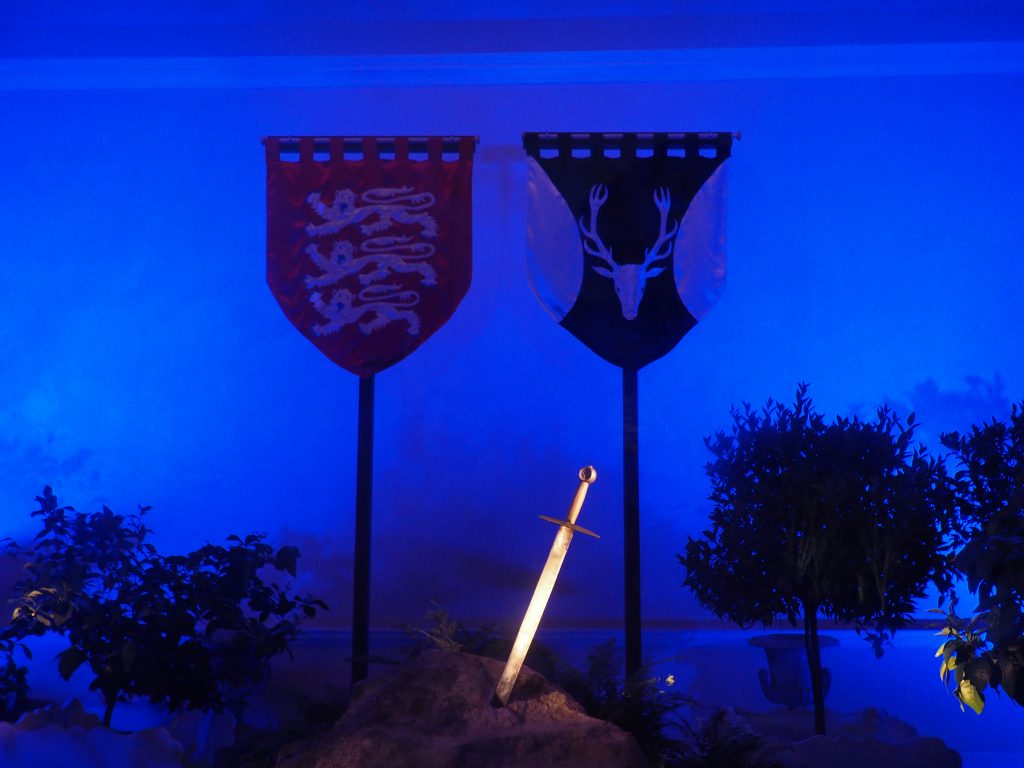
But as I looked at the sword in the stone installment, I found myself focusing more on what was behind it: two old af game of thrones looking medieval style banners hung on the wall. One depicted three lions, which is a well known symbol of England. But the other was one I didn’t recognize, a coat of arms depicting a stag’s head. It turns out this is the arms of the Parker family, the English noble family who once called Saltram House their ancestral home.
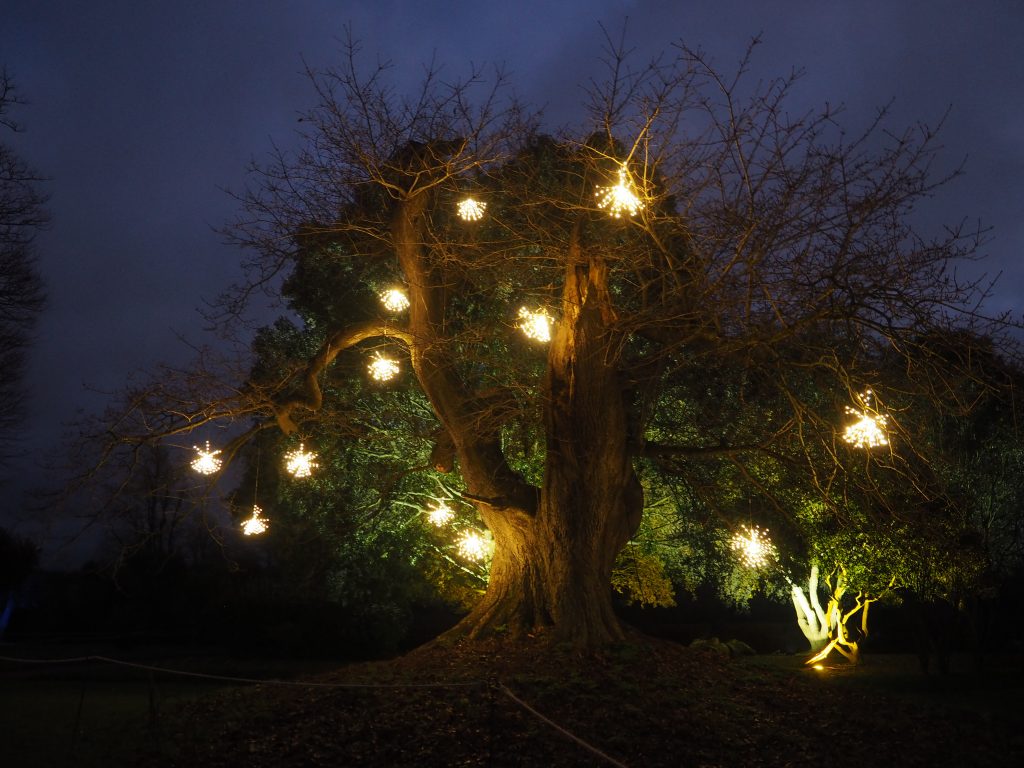
The History of Saltram House
Where Saltram House now stands was once a Tudor home belonging to a family of noble farmers called the Mayhowes. But their wealth would not last forever. By the end of the 16th century they were losing gold and political influence, causing them to sell much of the land they owned, including the house. After this, the house was purchased by the Mayor of Plymouth Sir James Bagg. From now Saltram House was owned by the Bagg family for many generations, a very unlucky family. Through business failures and fighting on the losing side of the English civil war, they almost lost control of Saltram house and all other land they possessed. After the civil war, during the brief time England was a republic, the home was indeed stripped from them and given to a man who fought on the other side in the war.
Saltram was now in free-fall, passing through numerous unlucky owners who really didn’t understand how debt works. Then in 1712 it was purchased by another noble from Devon – George Parker. He was a wealthy man and understood how to maintain land ownership. The house he bought was a grand mansion, but nothing compared to what it is today. The Parker family owned Saltram house well into the 20th century. Coming Parker generations would expand, remodel and further develop the mansion to match the changing tastes of the day. Today it is one of England best preserved Georgian era country houses, and one of the best surviving examples of Neoclassical architecture. In fact, one famous once called Saltram house the most impressive country house in all of Devon.
Fall of House Parker
Going into the 20th century, many aristocratic families of Britain were facing financial woes. Protections that had long stood as safeguards of their position within society were now being eroded by the rise of labor party policies. Most of these came in the form of new taxes on those who owned massive amounts of land. Many aristocratic land owners simply didn’t make enough money to pay off the huge waves of taxation they now faced – as is the challenge of being land rich yet cash poor. This meant countless families had to sell the great mansions and houses that had often been in their family for hundreds of years.
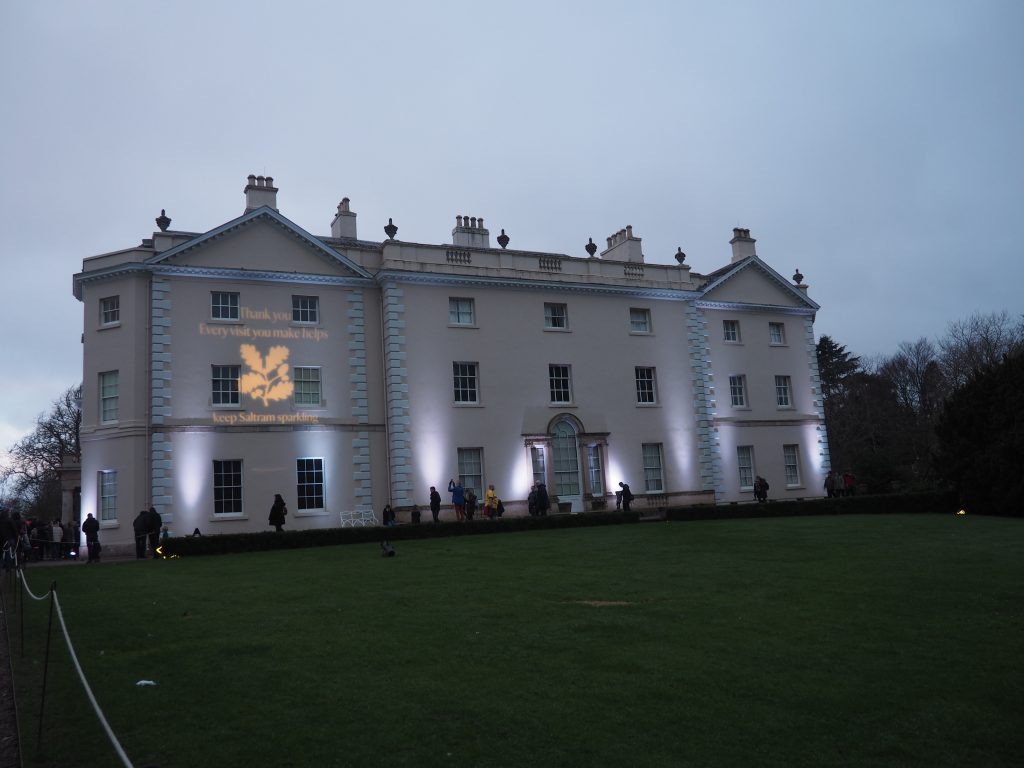
Some couldn’t even find buyers and were forced to simply abandon ownership of their estate’s to the British government or to organizations who specialize in preserving such properties. In Saltram House’s case it was the latter, being donated to the national trust in 1957. The national trust still own it today, which is why the place is open to visitors. I am glad it’s modern managers see fit to still display the arms of the Parker family. It was that family who transformed the house from a fairly average Tudor mansion to a grand Georgian country house.

